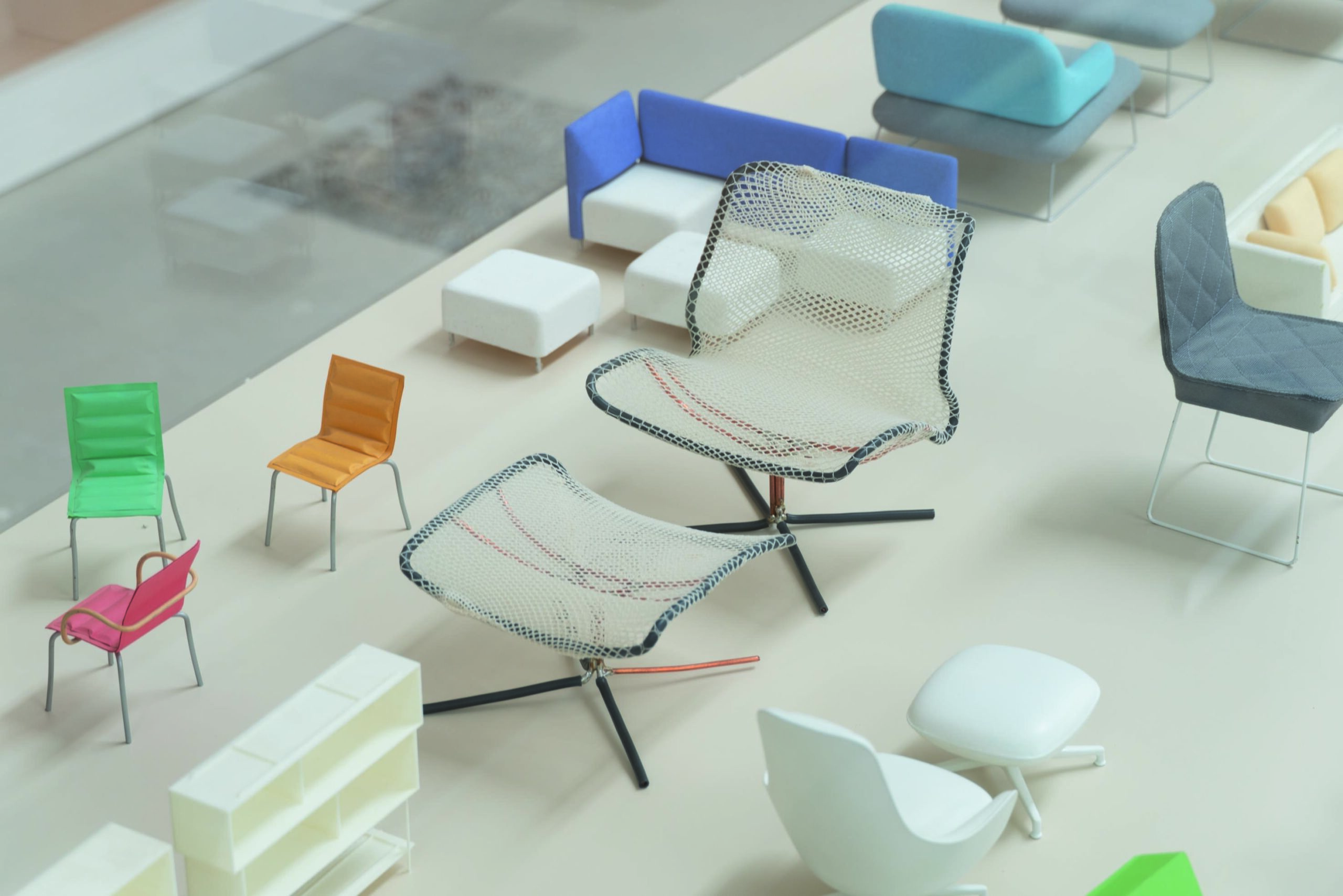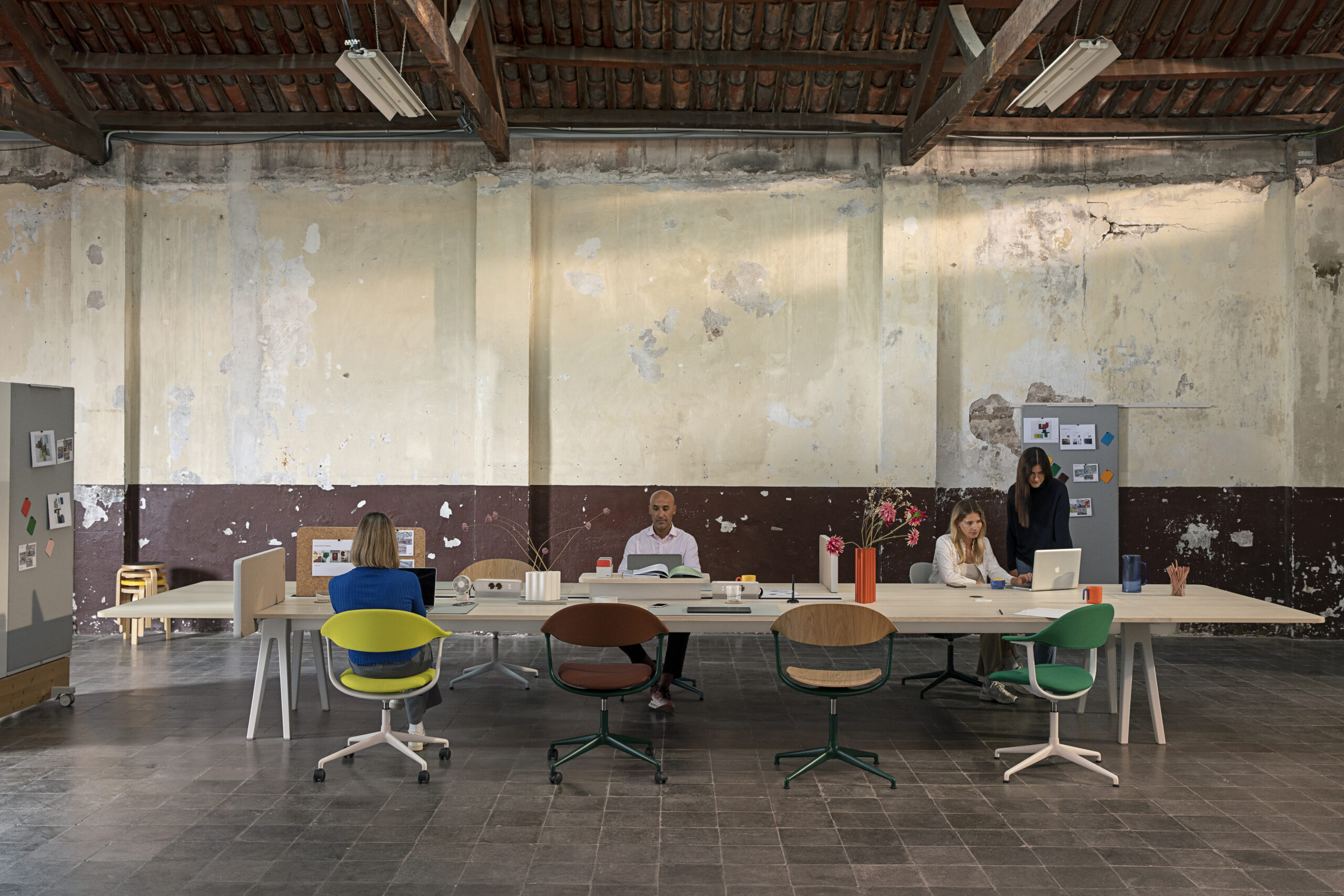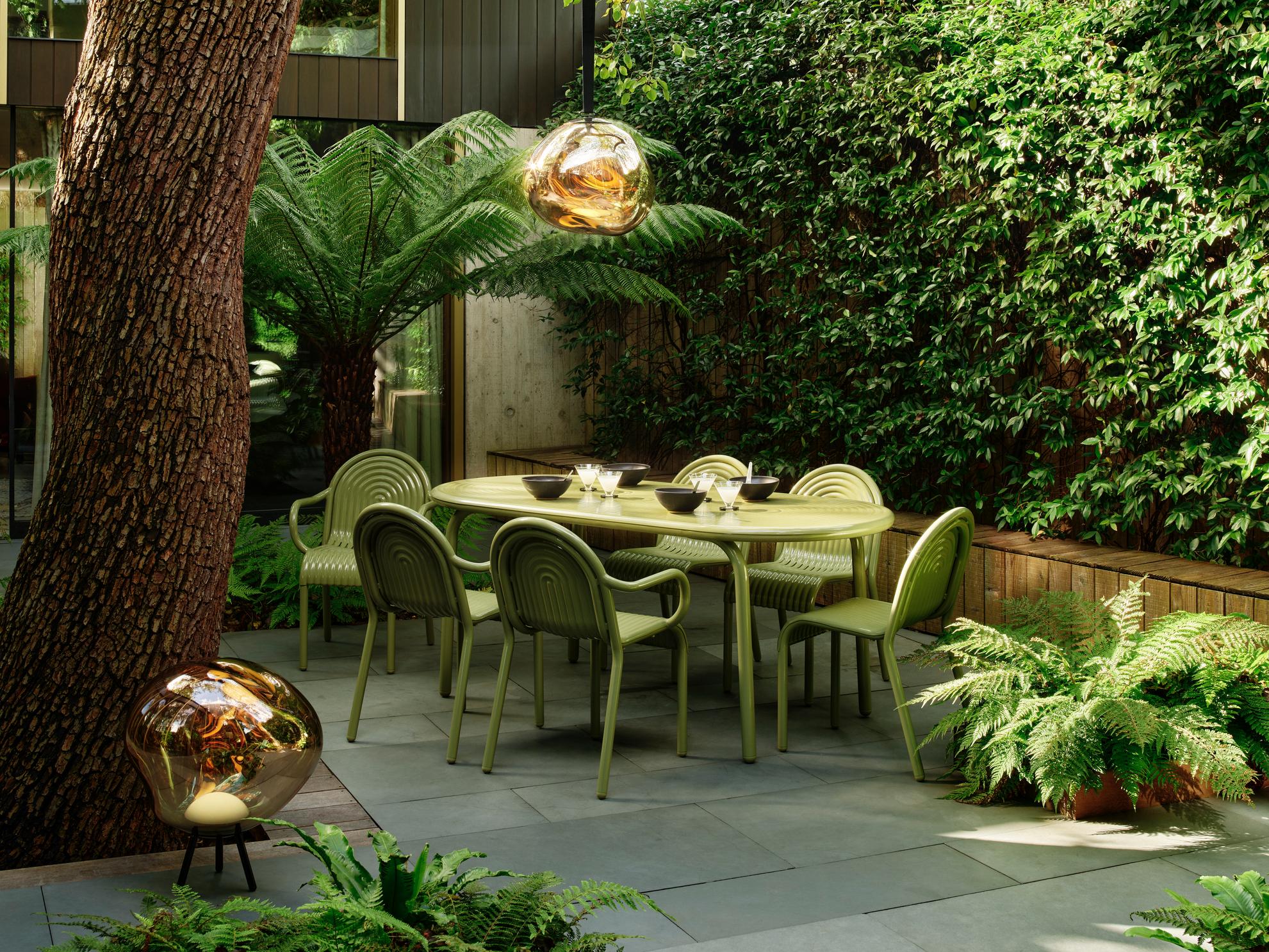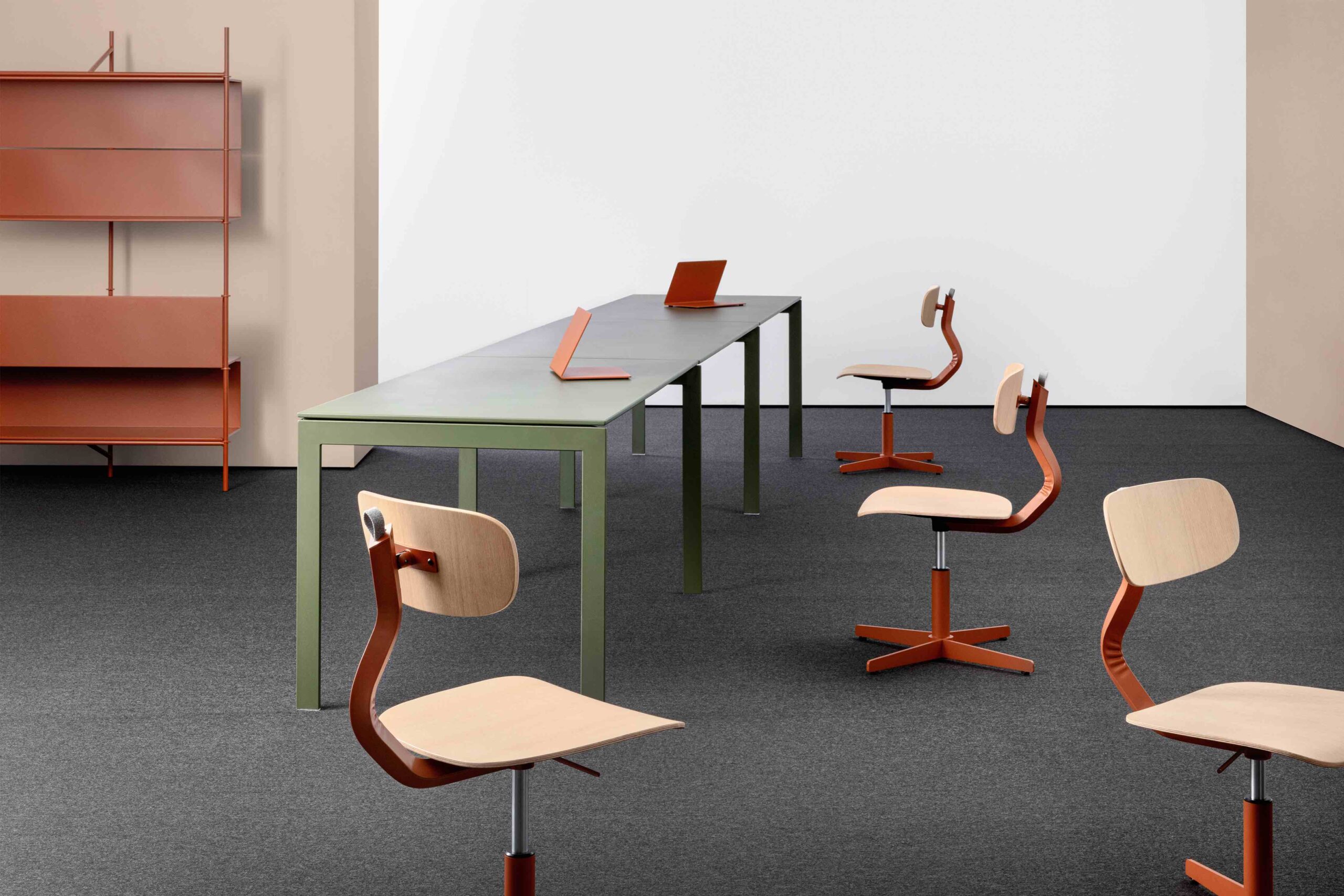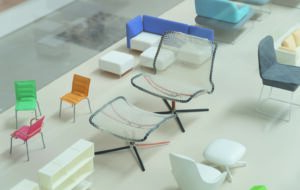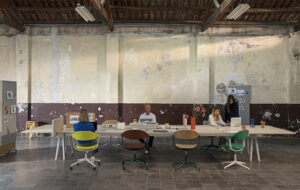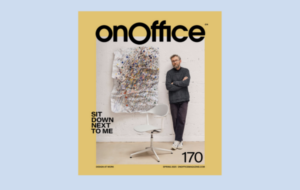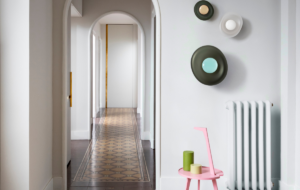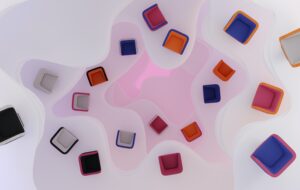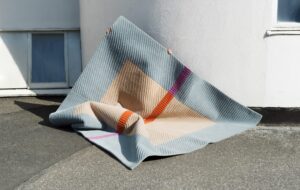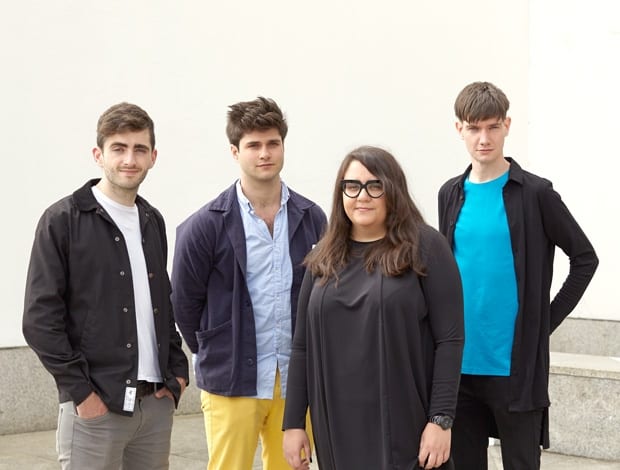 ||
||
The Design Museum’s ‘Designers in Residence: Disruption’ exhibition opens today, showcasing the work of four up-and-coming designers
This year’s ‘Designers in Residence‘ are disrupting established ways of thinking to address issues relating to housing shortages, courtroom design, children’s building structures and financial technology.
This is the seventh year of the Design Museum scheme, which has served as a launchpad for a number of successful designers and architects, including Giles Miller, Asif Khan and Bethan Laura Wood.
Disrupting housing

James Christian, architectural designer and educator
RCA graduate James Christian has imagined housing ‘communities’ suitable for dense urban areas that appropriate concepts from historic housing schemes in London, such as the Victorian slums and seventeenth century London Bridge.
“These places were unimaginably awful, but they created a sense of intimacy that we don’t have now,” says Christian of his unlikely sources of inspiration.
He has designed versatile self-build structures that can be incorporated into a multiple-occupancy complex such as the De Beauvoir Estate in London that slot into redundant spaces, such as carparks, rooftops and areas between buildings. The houses centre around semi-private courtyards, or “social junctions”, to encourage “social or spatial intimacy”.

A housing estate that incorporates courtyards as “social junctions” in order to increase social and spatial intimacy
His second model also creates reasons for community interaction, this time by co-locating housing and offices so people can share a working environment with their neighbours.
“Today, there’s no reason to leave your home: you can work at home, you can have all your food delivered, but what’s apparent is that if you do everything alone it’s a miserable existence,” he says. “I think the next stage we’ll see will be homes with adjacent workspaces, where you still work within a group but have that sense of convenience.”

Christian’s take on live/work environments for the London communities
Christian has recently set up his own design and architecture practice, Projects Office. He discusses the subject further in an interview with onoffice.
Disrupting Play

London-based designer Torsten Sherwood
Torsten Sherwood, whose university thesis was exhibited at the Milan Biennale’s Salone Satellite this year, introduced a den-building construction module for children. Unlike standard tessellating building components, he created a simple cardboard disc that can be used to create an almost infinite combination of faceted structures. Sherwood has considered alternate uses for the structures such as partitioning systems and breakout areas.

Sherwood’s simple cardboard disc can be used to create an almost infinite combination of faceted structures
“[The project] has been about coming up with a building system that is almost unrecognizable in comparison to standard solutions but works just the same, if not better,” says Sherwood.
Disrupting the law

Ilona Gaynor is a designer and film maker. She is currently studying at the Rhode Island School of Design
Designer and filmmaker Ilona Gaynor has created structures that highlight the parallels between courtrooms and live TV studios to highlight the relationship between drama, stage and reality and how these structures can manipulate the way evidence is taken.

Gaynor’s design combines elements of courtrooms with live TV studios to create a “theatre of truth and justice” that highlights how evidence can be manipulated in our legal system
“[I built] the set for a court and look at how different camera rigs could be built in a more cinematic way,” says Gaynor. “Theoretically, you could manipulate footage before it hits the eyes of the jury, which is a scary thought, but one that is factually creeping closer.”
Disrupting finance

Patrick Stevenson-Keating is the founder of Studio PSK, which has exhibited at the Tate Modern, V&A Museum, Austin Convention Centre in Texas and the Design For Death Convention in Macau
Patrick Stevenson-Keating, the founder of Studio PSK, chose to disrupt the world of finance by creating new systems that could alter our daily interactions and transactions with everything from ATMs to coins.
“ATMs are the window between you and your money, and they have a wider social influence,” says Stevenson-Keating.
“This uses crazy hand signals to communicate like the old trading floors and it displays your previous purchases to everyone walking past. It would certainly influence how I spent my money – I’d think twice before ordering a KFC.”

Stevenson-Keating’s ATM aims to show how different financial systems can change our understanding of money
The Design Museum’s ‘Designers in Residence: Disruption’ opens today and runs until 8 March 2015.

